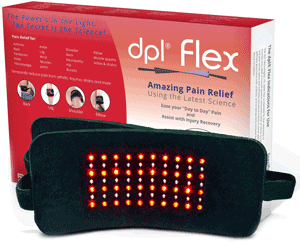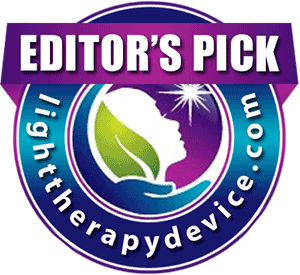When done properly, light therapy can provide a host of benefits to both children and adults. But did you know that this therapy might also be a good treatment option for children with autism?
Keep reading to learn more, but remember that it’s always best to consult with a physician before trying any new treatment for your child.
Table of Contents
Light Therapy for Children with Autism and SAD
Experts have been looking into the potential benefits of light therapy for individuals with autism, and some believe that using this treatment can help repair structures in the brain that have been damaged, causing autism to develop.
The research appears to be promising. One study discovered that the use of low-level laser therapy might be a tool that can help reduce symptoms, such as irritability, that are associated with autism in kids and adolescents.
Also, if your child is autistic and has been diagnosed with seasonal affective disorder (also known as SAD), the use of a light therapy device at home might be beneficial. Many adults have turned to this strategy to combat the symptoms of SAD, and they’ve been happy with the results.
Basically, the right device can help provide extra exposure to light that wouldn’t be available during the coldest and darkest months of the year. This may help regulate the sleep cycle to reduce sleep troubles, as well as help improve an autistic child’s behavior and alertness during the day, all without medication.
How to Use Light Therapy for Autism
This therapy is simple: your child will spend time near a high-quality lamp that produces light that’s similar to sunlight. But, to get the best results, you need to focus on the amount of time that your child spends near the light. Plus, you also need to consider the intensity of the light that’s used, as well as the schedule that you follow to use the light box on a consistent basis.
A good place to start would be a light therapy device that doesn’t emit any UV rays and shines at 10,000 lux. It might be beneficial to use it a little while after your son or daughter wakes up in the morning. Another good time to use it might be in the afternoon.
When shouldn’t you use the light therapy device? Well, if you expose your child to the light during the evening or night, it might result in more sleep problems by increasing wakefulness, so stick with using it earlier in the day.
The best part is that, as long as your child is near the light, even for just 30 minutes, you might start to see some results before you know it. Just keep in mind that your child will likely need to start by using the device for a shorter amount of time before slowly working his or her way up to half hour sessions.
Again, if you’re thinking about giving light therapy a try to help treat the symptoms of autism, it’s wise to consult with your doctor first to be sure you do it right, and to be certain that this therapy is appropriate for your child. Your physician will be able to work closely with you to figure out what light therapy product would be best for your son or daughter, how often it should be used, and how long your child should be using the device every day.
Some Light Therapy Devices to Consider
There are a lot of light therapy lamps available on the market today, but as you shop, pay close attention to their features to ensure you make the right choice for your child.
Here are a few examples to help you get started:
- Aura Daylight
- Verilux HappyLight Touch
- Circadian Optics Lumos 2.0 Light Therapy Lamp
- Miroco Light Therapy Lamp
- Nature Bright SunTouch Plus Light and Ion Therapy
- Carex Day-Light Classic Plus Bright Light Therapy Lamp
Natural Sunlight Therapy and Light Therapy Devices: A Great Combination!
In addition to using light therapy devices at home, it’s also a good idea to use exposure to natural sunlight to promote a healthy circadian rhythm and reduce the severity of symptoms in autistic children. Definitely consider giving this method a try to see if it helps your little one in any way, particularly when it comes to mood and sleep.


